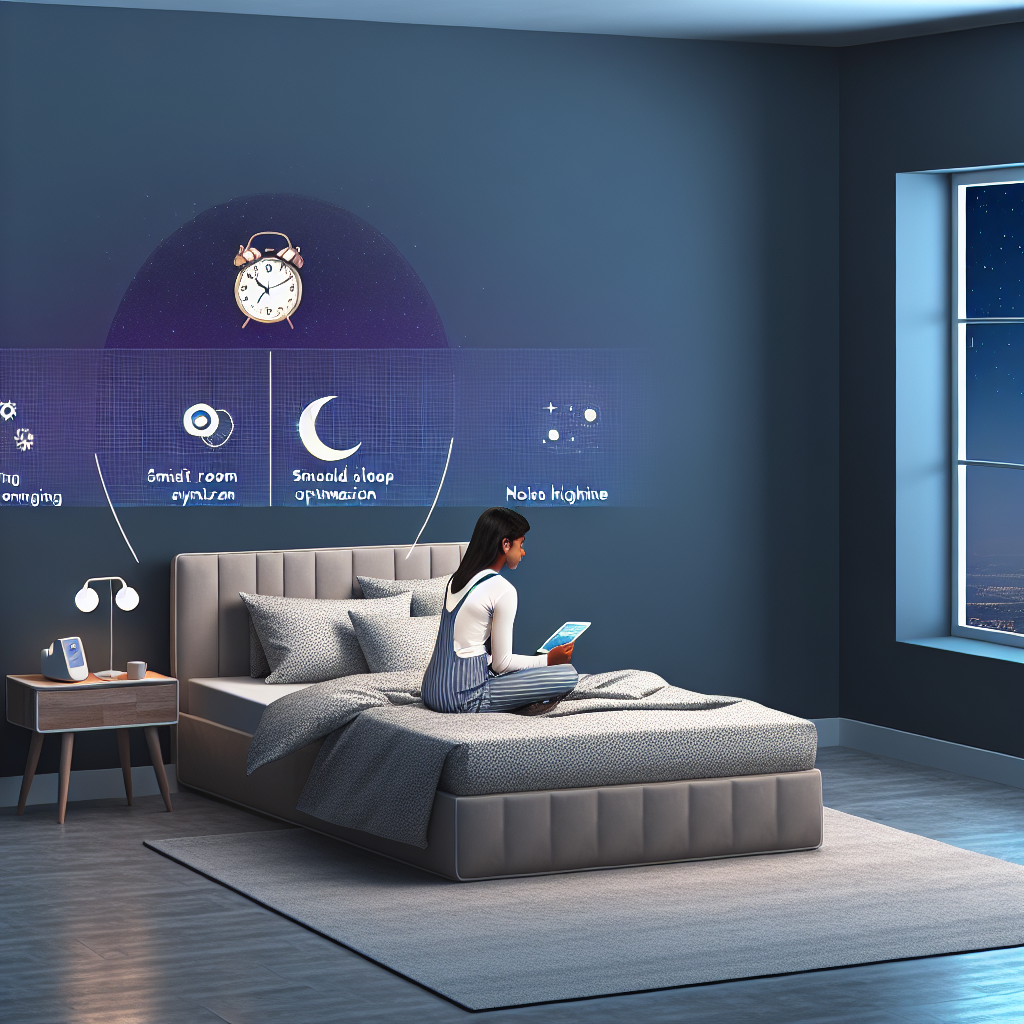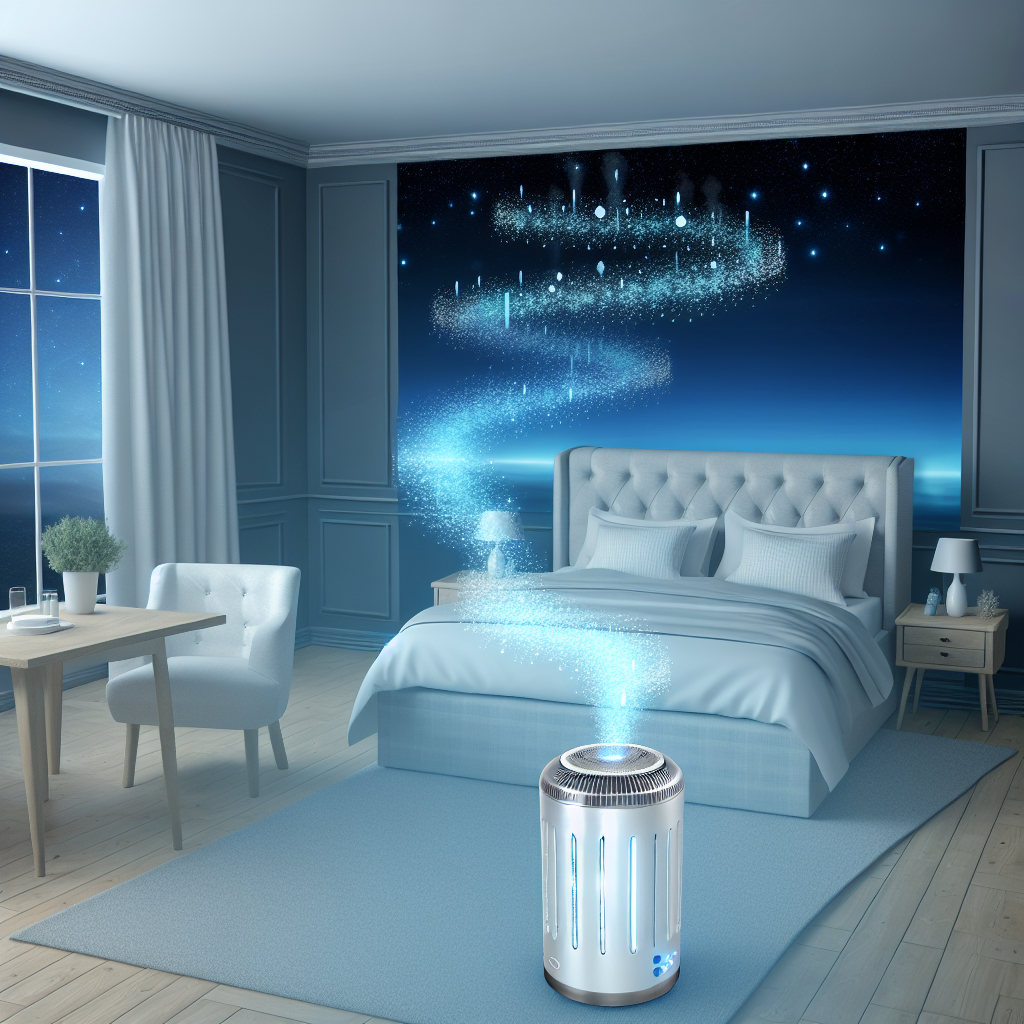Sleep Smarter: ChiliSleep vs. Eight Sleep – A Comprehensive Guide to Temperature-Regulated Bedding
A good night’s sleep isn’t just about the number of hours we rest; it’s about sleep quality. Temperature regulation stands out as a critical determinant of sleep quality, supported by ample scientific evidence. ChiliSleep and Eight Sleep offer state-of-the-art cooling and heating solutions for sleepers, allowing precise control over sleeping temperatures.
ChiliSleep: Revolutionizing Sleep With Hydro-Based Technology
ChiliSleep utilizes water-based temperature regulation to ensure a customizable sleep experience. Its “Cube Sleep System” and “Ooler Sleep System” use water circulating through microtubes in a mattress topper to either cool or warm the bed.
Eight Sleep: Smart AI Technology Meets Sleep Science
Eight Sleep’s “Pod 3” smart mattress integrates machine learning and artificial intelligence (AI) to monitor and improve overall sleep quality. Its patented “Active Grid” technology adjusts temperature dynamically across different zones of the bed.
What Science Says: The Role of Temperature in Sleep Quality
The body’s core temperature naturally drops as part of the circadian rhythm, signaling the brain that it’s time for sleep. Temperature-regulated bedding technologies can help mitigate sleep disturbances caused by thermoregulatory disruptions.
ChiliSleep vs. Eight Sleep: Which One Is Right for You?
ChiliSleep offers precise control and consistency, while Eight Sleep caters to tech enthusiasts and individuals seeking an all-encompassing smart sleep ecosystem.
Summary:
Temperature-regulated bedding systems like ChiliSleep and Eight Sleep offer advanced solutions to improve sleep quality by precisely controlling sleeping temperatures. ChiliSleep utilizes water-based technology, while Eight Sleep integrates smart AI technology to monitor and dynamically adjust temperature.
References:
1. [Link to study](https://www.sciencedirect.com/)
2. [Link to abstract](https://pubmed.ncbi.nlm.nih.gov)
3. [Link to full study](https://www.dovepress.com/)

Dominic E. is a passionate filmmaker navigating the exciting intersection of art and science. By day, he delves into the complexities of the human body as a full-time medical writer, meticulously translating intricate medical concepts into accessible and engaging narratives. By night, he explores the boundless realm of cinematic storytelling, crafting narratives that evoke emotion and challenge perspectives.
Film Student and Full-time Medical Writer for ContentVendor.com




